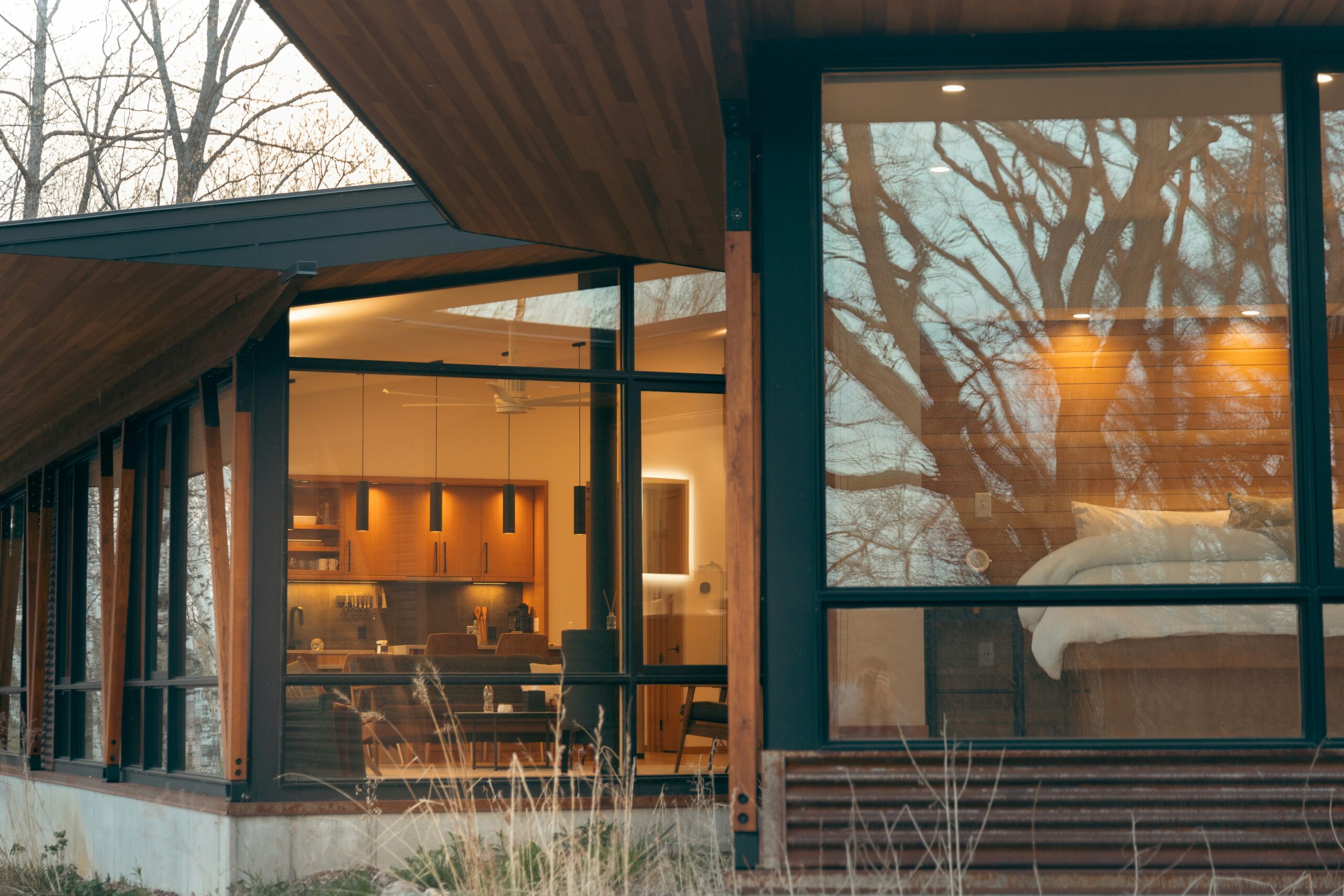Key Architectural Techniques to Maximize Natural Light
1. Orientation and Placement
When designing a home, consider the building’s orientation. Position key living areas such as the kitchen and living room to maximize exposure to natural light throughout the day. South-facing windows (for those in the Northern Hemisphere) usually offer the most consistent light.
2. Window Design
- Skylights: Add skylights to bring in vertical natural light, especially in darker rooms or hallways.
- Floor-to-Ceiling Windows: These provide panoramic views and flood interiors with light.
- Clerestory Windows: High, narrow windows near the ceiling allow privacy while letting sunlight flow through.
3. Use of Reflective Surfaces
Mirrors, glossy floors, and light-colored walls reflect light and distribute it more evenly. For instance, placing a mirror opposite a window can brighten the room by reflecting sunlight.
4. Open Floor Plans
Removing barriers, such as walls, between spaces can spread natural light further throughout the home. Open layouts are ideal for maximizing sunlight penetration into previously shaded areas.
5. Lightwells and Atriums
Atriums and lightwells introduce light into the heart of a building. They are particularly effective in urban homes where natural light can be limited by neighboring structures.
Actionable Tips for Enhancing Natural Light
- Keep window treatments minimal or opt for sheer curtains to allow sunlight to filter in.
- Clean your windows regularly to ensure maximum light penetration.
- Use white or light-toned paint on walls and ceilings to reflect sunlight effectively.
- Consider swapping solid doors for glass-paneled ones that allow light to pass through.
- Add plants to windowsills—they can enhance brightness while creating a cozy vibe.
Comparison Table: Lighting Techniques and Benefits
| Technique | Benefit | Best For |
|---|---|---|
| Skylights | Provide overhead light and brighten dark areas | Kitchens, bathrooms, hallways |
| Floor-to-Ceiling Windows | Maximize light and offer stunning views | Living rooms, bedrooms |
| Mirrors | Reflect light and distribute it | Small or dark spaces |
| Open Floor Plans | Enhance the flow of natural light | Connected living areas |
| Lightwells | Distribute light to interior spaces | Urban homes |
| Clerestory Windows | Draw in light while maintaining privacy | Bathrooms, bedrooms |
| Reflective Surfaces | Boost brightness by bouncing light around | Rooms with limited window access |
| Glass Doors | Allow light to filter between rooms | Rooms adjacent to hallways |
Common Questions About Lighting in Home Design
What is the best paint color to reflect natural light?
White or light pastels work best, as they reflect light better than darker tones.
Can natural light help save energy?
Absolutely! By maximizing natural light, you can reduce your reliance on electrical lighting during the day, cutting down on energy costs.
How do I make a room brighter without adding windows?
Use mirrors, light-colored furniture, and reflective decor such as metallic finishes to enhance brightness.
Transform Your Home With the Power of Light
Lighting is more than just a functional necessity; it’s an essential design element that has a profound impact on how a space looks and feels. Whether you’re designing a new home or updating an old space, incorporating thoughtful architectural techniques to enhance natural light is key.
Want more design inspiration? Explore our resources or work with a professional architect to bring your vision to life!




Leave a Reply